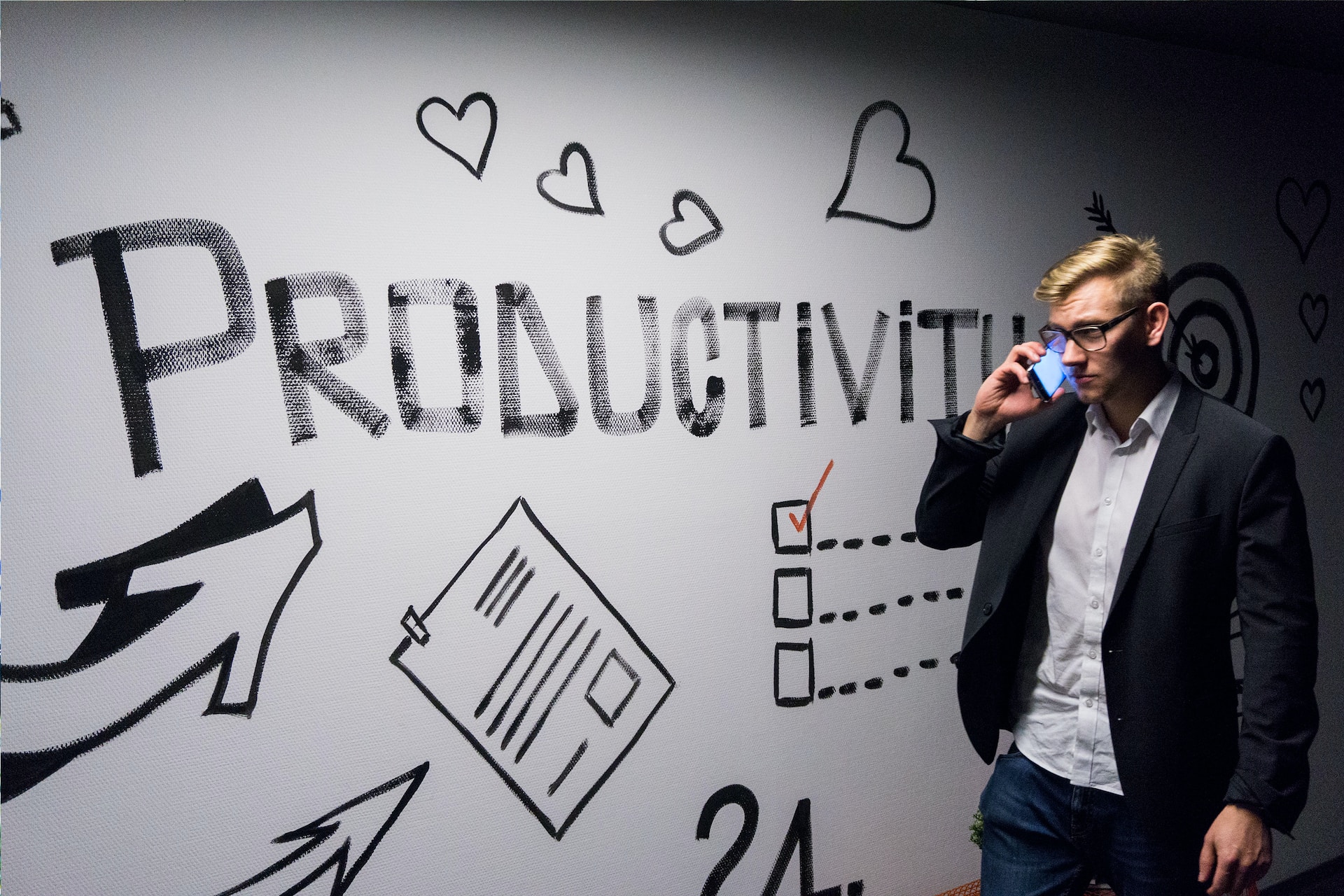Sometimes you have no energy for anything, including work. Productivity is practically at zero. If it happens rarely, it’s normal: we’re humans, not robots. But if there is always no energy, you should be wary, look for reasons and deal with them. After all, a third of a person’s life is spent at work — it’s not healthy to feel like a “boiled tomato” for so long. And your business reputation can suffer if you’re constantly producing poor results and missing deadlines.
Let’s find out what usually steals your energy and efficiency during working hours.
Health Problems
You know the joke phrase “Once I was so tired, I still can’t rest”? Well, it’s not funny at all. If you literally don’t want to wake up and you don’t want to do anything during the day, you should think about your health.
Perhaps you have chronic fatigue syndrome. The main symptoms:
- Inability to concentrate.
- Mood swings.
- Dizziness and headaches.
- Drowsiness.
- Flu-like symptoms.
What to Do?
Consult a doctor. They will rule out other diseases that can manifest themselves in this way, and give a referral to a neurologist. And it’s important not to overwork, watch your diet, get enough sleep and think less about work on weekends and vacations.
Procrastination
Procrastination is the habit of constantly putting off important things for later (“I’ll call the client after I go for coffee… or after lunch…”, “I’ll finish page layout today, but I’ll just play an hour at the live casino… or maybe two…”). Or, in other words, the queen of thwarted deadlines, failures, and wasted nerves. It’s hard not to get acquainted, easy to get sucked in — but quite possible to win!
What to Do?
Try to “Trick” Yourself
Break the chain that leads to procrastination. For example: “I’ll finish page layout today, except I’ll watch an episode of the show” – break the chain with the element “and even”. It turns out: “I’ll finish page layout today and even open the necessary template, move some content into it before I watch an episode of the show”.
In the best case, you’ll get sucked in, finish the page and go watch the show with a calm heart and a clear conscience. And if not, you’ll start doing at least something. And before the next episode or cup of tea, you will use “and even” again to get closer to the finale.
At Least Five Minutes
Don’t use any tricks — just take 5-10 minutes to work, set a timer and don’t get distracted by anything. It’s hard to get tired in that amount of time, but it’s possible to make some progress or want to do the task in its entirety.
90/30 and 52/17 Techniques
This is a method of time management developed by Italian Francesco Cirillo. The idea is that you work for 90 minutes without a break, and then you get distracted for 30 minutes. Or 52 minutes of work, 17 minutes of rest. Just enough for a walk, a nice snack, an episode of a TV series.
You need a timer and the willingness to get right down to business when you start it. Try not to get out of the rhythm, even if you are involved, otherwise, you will be tempted to postpone your “return” to work.
Inability to Plan Your Time
You take on a seemingly small task, and then you find out that you have been busy with it for four hours and not everything is so simple. You promised the customer to give the layout in four days – and you have so much work week that tomorrow is the deadline, and nothing is done. You agreed to meet a client at his office, but you didn’t take into account that the time of your visit to him falls during rush hour, and you’re half an hour late because of traffic jams.
As a result, you were exhausted, working in a hurry and with worse results.
What to Do?
Don’t Rush With Answers
If you are asked to estimate how long a task will take, take a break and promise to announce the deadline within an hour. Read the terms of reference carefully, formulate clarifying questions. Set aside some time in case of force majeure. And only then sign up for a specific deadline.
Consider the Risks
Constantly ask yourself the question “What could go wrong?”. As in the example with traffic jams: you’re driving through the city center during rush hour, there’s a good chance you’ll get stuck at a traffic light. It’s better to move your meeting in advance, or if that’s not possible, leave early.
Make To-Do Lists for Tomorrow/The Week
In the evening, write a list of things you want to accomplish the next day. In the morning, get to it. And if someone asks you for an unplanned but not urgent task, put it on the list for the next day.
Or you can try the scrum method and use sprints. You set the duration of a sprint. For example, a week. At the end of the previous sprint or the beginning of the current one, you accept the tasks you will solve. And you deal only with them. Of course, there are force majeure and exceptions: then a task that is not too urgent in the current sprint can be postponed to the next one, and you can solve an acute problem in your free time.
Inability to Prioritize
You’re used to taking on a task as soon as it arises, and you don’t always think about whether or not more urgent matters suffer. Therefore, sometimes at the end of the day you have unpleasant surprises: for example, you conducted a survey of customers about the quality of service in a new restaurant, but forgot to give the data for the quarterly report, and the boss just livid.
What to Do?
Try drawing an Eisenhower matrix. It is a table of four blocks – “Important and Urgent”, “Important but Not Urgent”, “Urgent but Not Important”, “Not Urgent and Not Important”.
Pick a time when no one will distract you, write out all your current tasks and organize them into blocks:
- Important and urgent should be done first.
- Important but not urgent — postpone but don’t forget.
- Urgent but less important can be done later or delegated.
- Not urgent and not important — to do when there is an opportunity, or to “omit” it altogether.
The Eisenhower matrix can and should be updated when new tasks appear.
Multitasking
Many people are used to thinking of it as something positive. And it’s indeed convenient up to a point — but mostly for others, not for you. The more tasks you try to accomplish at the same time, the more your attention gets scattered and the faster important details get out of your head. The result is worse results.
What to Do?
If possible, don’t take on too many tasks and do them sequentially: complete one task and move on to another.
When it’s impossible, record all the details that you will need for your work. Take notes on customer requests, record conversations with customers, ask your colleagues to set tasks in writing via email or Jira so that you can always go back to the input and check whether the result matches the original request.
Also, don’t forget about breaks, rest, nutrition and sleep. Otherwise, you can drive yourself to chronic fatigue or even burnout.




